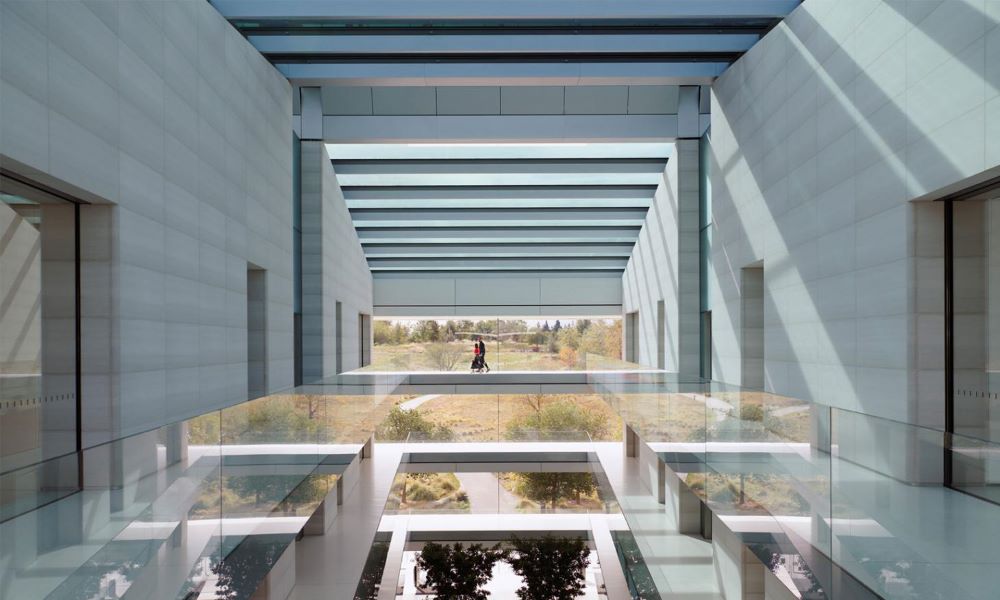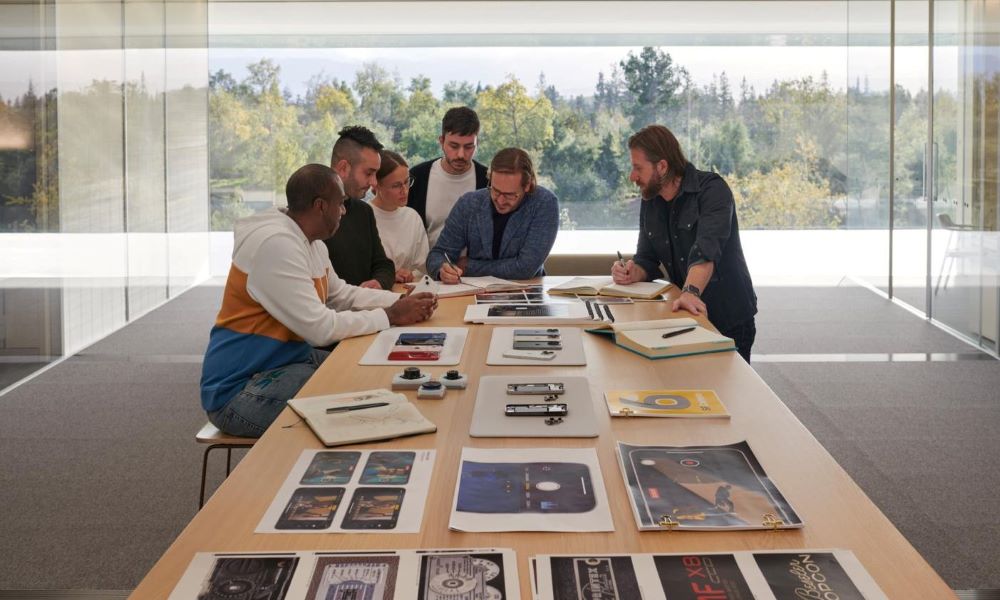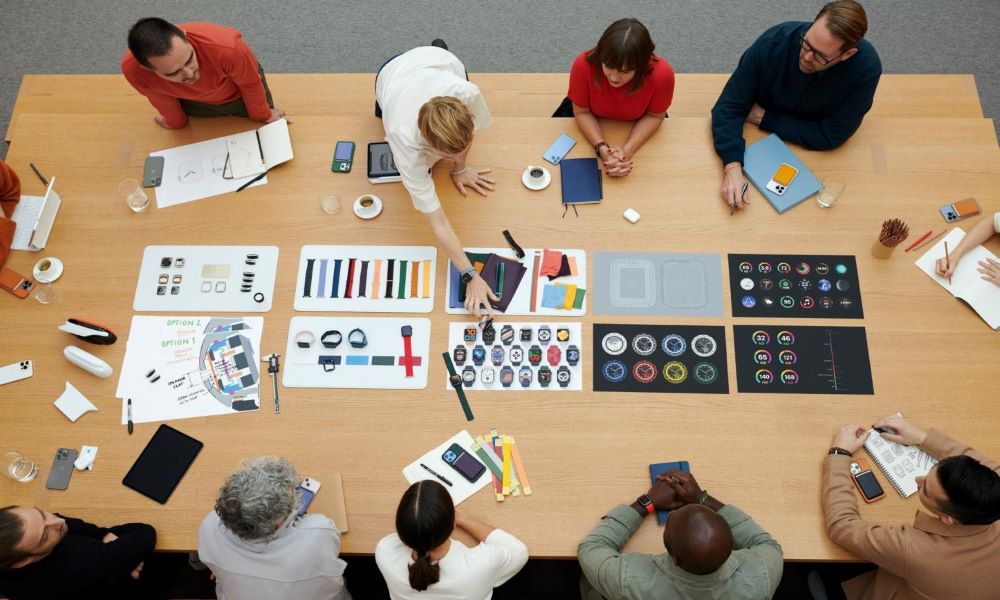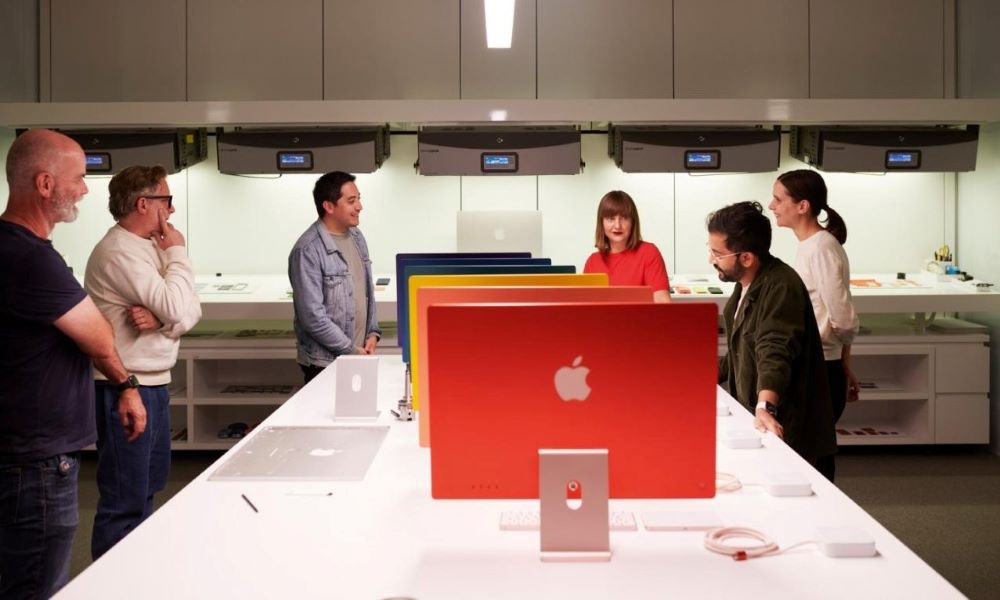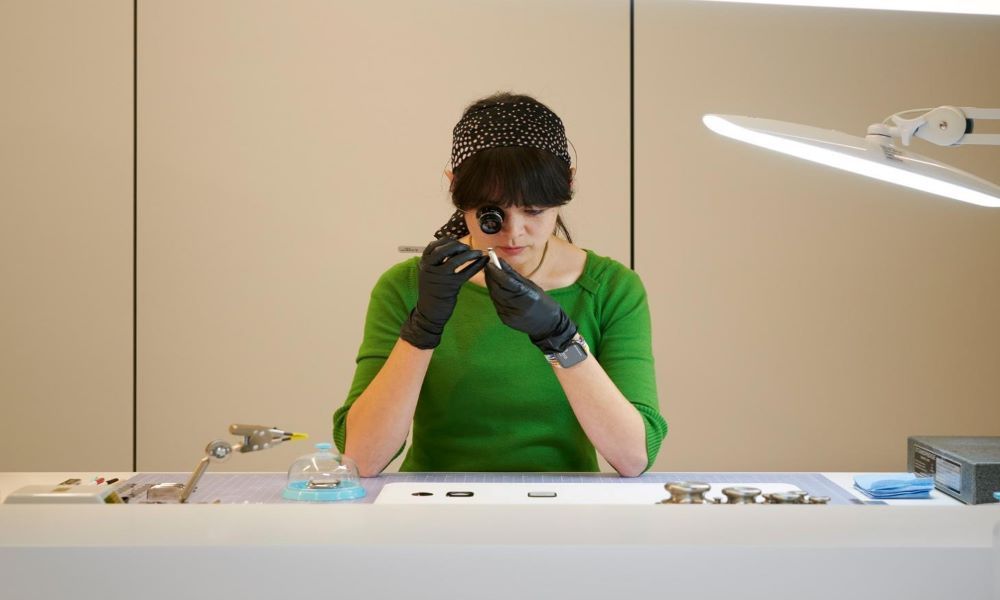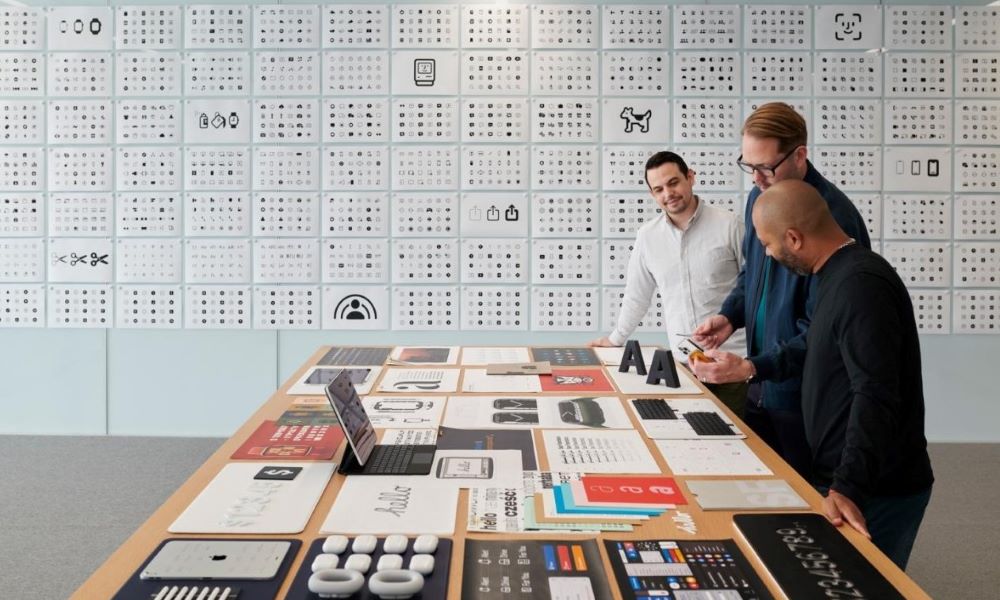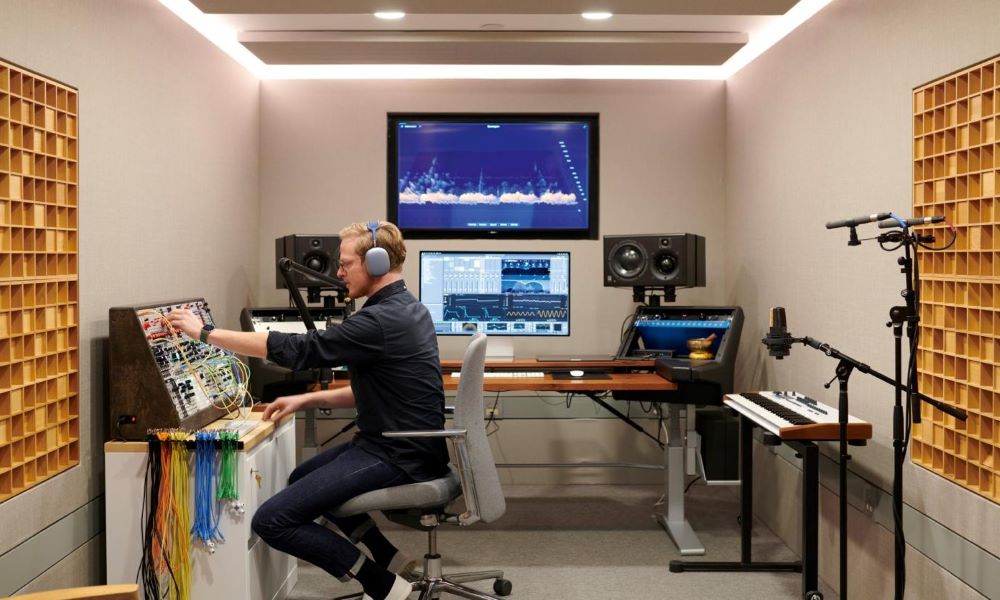7 Images Taken Inside Apple Park
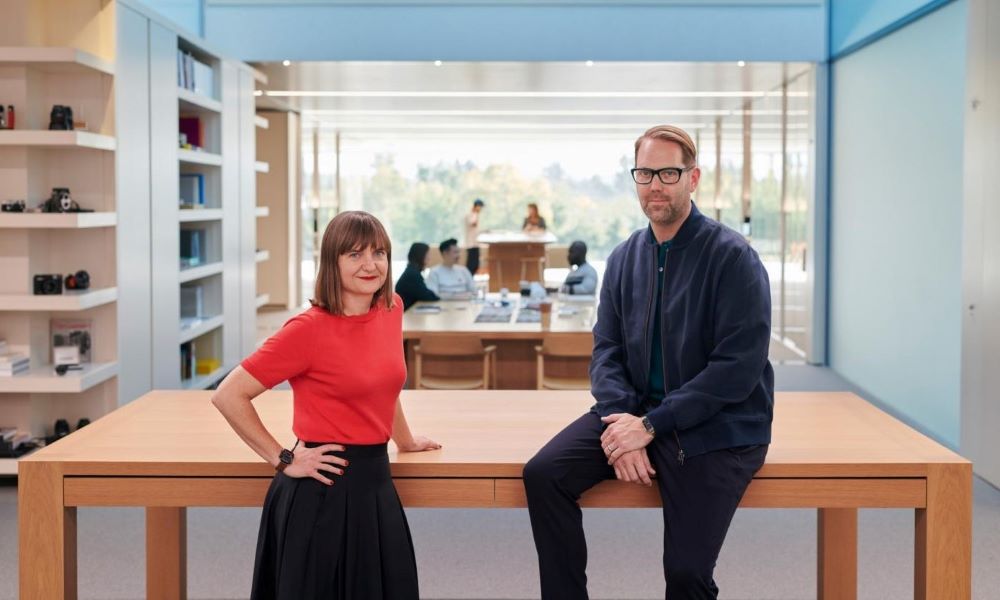 Jason Schmidt / Wallpaper*
Jason Schmidt / Wallpaper*
Apple's Design team shared an inside look yesterday at the interior of Apple Park, unveiling never before seen images and insights into what goes on in the ring-shaped building located in Cupertino, California.
It's been four years since the official opening of Apple Park, formerly called Campus 2, and what goes on behind the walls has been kept to secrecy up until now. Evans Hankey, vice president of industrial design, and Alan Dye, vice president of human interface design, worked with Wallpaper* to unveil the mysteries of the park and the processes behind their most recent creations.
Jony Ive was the most prominently involved with the building’s design, along with Steve Jobs in the early phases of the project, and after Ive left the team, Hankey and Dye took over.
It’s been designed for serendipitous meetings as well as collaboration. We never really understood what that would mean for us until we'd been here for a while. It's been designed for serendipitous meetings as well as collaboration.
Evans Hankey told Wallpaper*
Hankey and Due walked Wallpaper* through how Apple Park played a role in the company's consistent growth over the last few years, and some exclusive images were captured along the way. Read on to see 7 Images Taken Inside Apple Park.
View from the Fourth-Floor Corridor
This is a view from the fourth-floor corridor, where you can see a sneak peek in the distance at the 9,000 trees that surround the building. As you can tell, the building was designed so that plenty of light can flood in from all sides.
Of course, this image is only a minuscule part of the massive 260,000 sq m HQ that hosts 12,000 employees, including the Apple Design Team.
"Every single facet of this multibillion-dollar structure has been subjected to the kind of scrutiny most designers can only dream of," Jonathan Bell wrote.
Impromptu Meetings
Here you can see a handful of Design Team members gather near the central library to discuss the Apple Watch at just one of the many tables sprawled across Apple Park. The purpose of these tables is to permit impromptu gatherings.
"We care about making great products, but we’ve worked equally hard at making a great team and culture. A lot of that came from the beginning. Steve defined Apple by its design," says Dye.
Collaborative Picnic Tables
Picnic tables are located Central to the Design Studio and are where the more collaborative discussions take place. This is where the team makes breakthroughs in evolving products. In this particular photo, the team is comparing different styles of watch bands, watch faces, and different complications.
As you probably know by now, the team increased the new Apple Watch Series 7 by 20 percent, covering practically the entire Watch face. Although it might have seemed like a small change, it required close collaboration with different departments such as the engineering team and essentially evolved the Apple Watch in more ways than a larger screen size.
Discussing Color
This image gives you a look at some of Apple's Industrial Design Team members discussing iMac colors. Although deciding on color isn't one of the most daunting tasks the design team has to take on, it still impacts consumers substantially.
New HomePod mini colors were recently released, which definitely generated some buzz amongst the Apple community. And, of course, there's no denying that any time a new iPhone, iPad, Apple Watch, or Mac color is released, Apple users are quick to share their opinion.
Industrial Design
Here you can see a model maker assembling a digital crown onto an Apple Watch Series 7. You can really tell just how tedious industrial design can be, especially with products as small as the Apple Watch.
Apple Watch's Digital Crown is a way of merging software and hardware, and its function on the Watch makes it a key feature.
"The crown came from referencing the history of watches and realising we needed to have physical mechanisms and tactile inputs to make Apple Watch feel really different from the idea of an iPhone on the wrist," says designer Molly Anderson.
Hankey refers to the Apple Watch as "the most intimate, the most personal product" Apple has ever made.
Apple and Typography
In this image, you're looking at Dye and two graphic designers as they discuss the development of the San Fransisco typefaces -- the neo-grotesque typeface that first came to the Apple Watch in 2014 and subsequently to iOS 9 and OS X.
The typeface has a big job to do on such a small screen. But SF is more than just a font; it is capable of working across 150 languages and can form into variants like the 3D version used for Apple Pay.
After many years of seeing how rapidly personal computers were advancing regarding display graphics and text, Apple has always had to adapt and will continue to as technology advances.
Design Studio Sound Lab
This audio designer is photographed in the Design Studio sound lab, creating custom sounds for Apple. Evidently, Apple Park has every creative tool you can imagine for a tech company; they wouldn't leave out a sound lab.
With HomePod, Apple Music, AirPods, and Beats, Apple has a pretty established spot in the world of audio and music. So, the concept of sound quality is an important one, and there are various studios similar to this one that allows team members to delve deep into sound testing.

